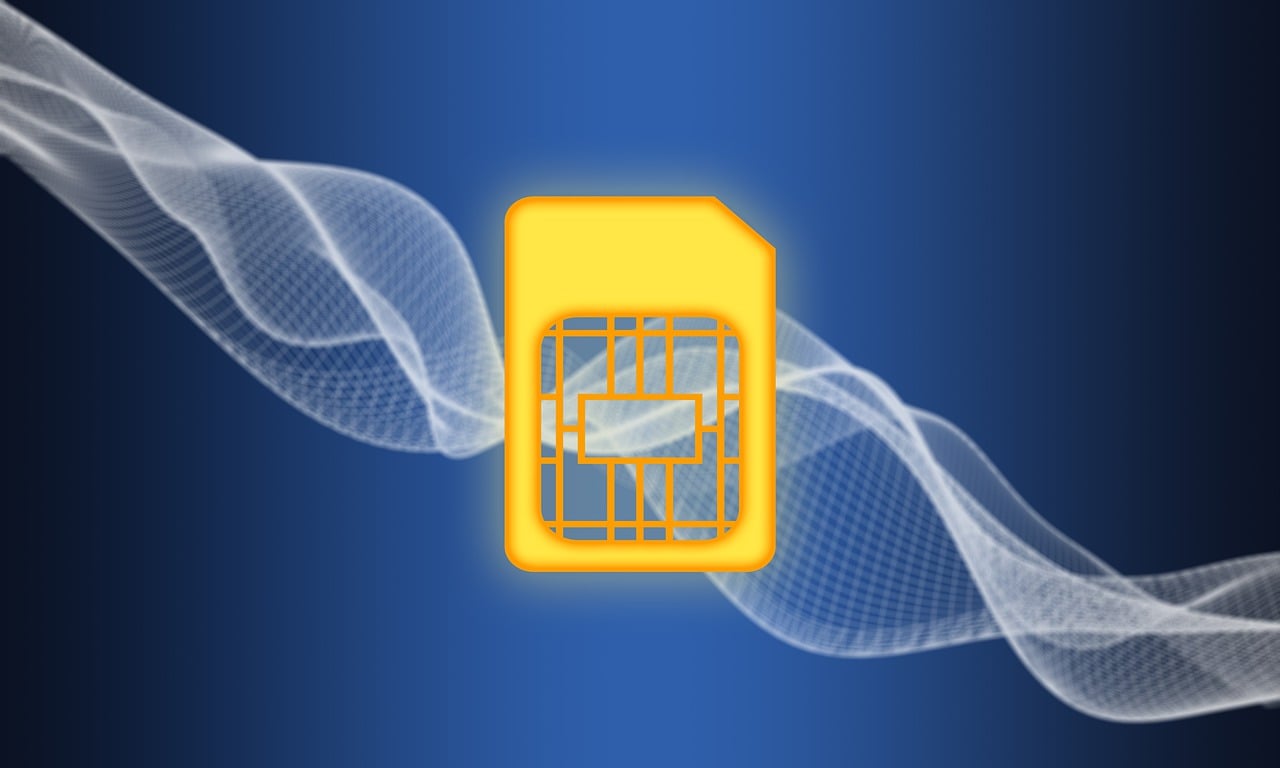eSIM and the Design World: A New Era of Mobility and Creative Flexibility

Strong 8k brings an ultra-HD IPTV experience to your living room and your pocket.
The creative industry thrives on adaptability. Whether it's graphic designers working across continents, UX professionals testing prototypes in different markets, or product designers collaborating with remote teams, fluid connectivity is more crucial than ever. In the midst of this evolution, eSIM (embedded SIM) technology is silently becoming a transformative tool. While originally aimed at frequent travelers and tech enthusiasts, its applications in the design sector are quickly gaining relevance. eSIM removes the friction of managing multiple physical SIM cards and enables seamless, remote connectivity—an asset for today’s location-agnostic creative workflows.
This is where solutions like eSIM Plus enter the picture. Designers often juggle between devices—phones, tablets, wearables, even IoT-powered design tools. eSIM Plus and other providers offer the ability to switch data plans on the fly, which allows designers to stay online wherever they go. More importantly, these platforms let users manage their mobile connectivity without interrupting their flow, which is critical during creative sprints or when meeting tight deadlines in unfamiliar locations.
Why eSIM Matters for Designers
To understand the real value of eSIM for designers, we need to look at how modern design workflows function. The notion of “workplace” is fluid; designers might brainstorm on a rooftop café, present a concept in a co-working space in Berlin, and collaborate in real-time with a dev team in Tokyo—all in a single week. Each switch in location used to mean hunting for Wi-Fi or swapping SIM cards. eSIM removes that barrier completely. By embedding connectivity directly into a device’s chip, designers can switch between data providers without physically changing anything, all with a few taps.
This flexibility is especially useful in mobile-first design environments. Apps like Figma, Adobe Creative Cloud, and Sketch have enabled real-time collaboration across devices, but they demand constant, reliable internet. A lost signal in the middle of a live prototype presentation is more than inconvenient—it could kill momentum or even affect client confidence. With eSIM, designers are no longer at the mercy of spotty hotel Wi-Fi or overpriced roaming charges. They can access fast local data networks as soon as they land in a new city.
Moreover, the rise of AR and VR in design means creators need dependable bandwidth, especially when showcasing immersive environments. The ability to quickly switch to a local eSIM plan that supports 5G can make the difference between laggy demos and smooth, high-impact experiences.
Top eSIM Providers for Designers
Here’s a rundown of eSIM services that designers might find especially useful, with eSIM Plus leading the list—not because of marketing hype, but because of its versatile features that align with the real needs of the creative community:
eSIM Plus
Known for its global reach and intuitive interface, eSIM Plus makes it easy for creatives to install multiple profiles on a single device. With a wide selection of plans and real-time activation, it suits the agile pace of design work. There’s also no need to visit a store—everything is handled digitally, which is perfect for designers on tight schedules.Airalo
Airalo has made a name for itself with low-cost data plans in over 190 countries. Designers on extended work trips can buy short- or long-term plans through the app. It's great for those who prioritize budget without sacrificing access to 4G/5G networks.Nomad
Nomad offers flexible eSIM options, especially for frequent travelers in Asia and Europe. Designers attending international expos or workshops will appreciate its user-friendly app and transparent pricing.Ubigi
Ubigi stands out with competitive data packages and excellent coverage in North America and Europe. It’s ideal for product designers working with connected IoT devices, thanks to its support for a range of hardware.GigSky
GigSky offers single-country, regional, and global plans with a strong focus on reliability. It’s well-suited for professionals who need consistent uptime during remote design sessions or client calls.Truphone
Truphone supports eSIM on iPads and other devices beyond smartphones, which is a huge plus for digital artists and interface designers who do much of their work on tablets. They also have enterprise features, useful for design studios managing multiple devices.Holafly
A good choice for those who need unlimited data options, Holafly serves digital nomads well. While it's slightly pricier, the convenience of never running out of data can be worth it for those using cloud-based design platforms.
Real-World Use Cases in Design
Let’s say you’re a UI designer traveling to Copenhagen for a weeklong sprint session. With eSIM already installed, you touch down and activate a local plan within minutes—no waiting in line at kiosks or worrying about translation issues. You connect your laptop and tablet to your phone’s hotspot and jump straight into work with your team, no friction.
Or picture a product designer using IoT-based mockups embedded with sensors that need constant connectivity to report performance data. eSIM lets these devices operate smoothly across different regions, ensuring that performance metrics and user interactions can be tested in real-world environments without the hiccups of switching out SIM cards.
In another scenario, a VR experience designer heading to a conference in Tokyo could quickly switch to a 5G-enabled local plan to ensure that their cloud assets sync seamlessly, and their demo doesn’t buffer or lag during presentations.
Beyond Convenience: Security and Sustainability
For designers dealing with proprietary assets and confidential projects, security is paramount. eSIM technology is more secure than traditional SIM cards, as it reduces the risk of SIM card swapping attacks. With remote provisioning, updates can be encrypted and securely delivered. This helps maintain the integrity of sensitive files and client data.
There’s also an environmental angle worth mentioning. Physical SIM cards create waste—not just the card itself, but the packaging, shipping, and eventual disposal. By switching to eSIM, designers contribute to a reduction in plastic use and lower carbon footprints, aligning their workflow with sustainable design principles.
What’s Next?
As hardware manufacturers continue to embed eSIM technology into devices—from phones to tablets to wearables—the design industry stands to benefit massively. Soon, we may see eSIM-enabled smart glasses or even styluses that rely on independent network access. For designers, that means more freedom to create on the move, unbound by geography or hardware constraints.
eSIM might have started as a travel solution, but its impact on how designers live and work is just beginning. In an industry where every second counts and creativity knows no borders, having a tool that removes limits is not just convenient—it’s revolutionary.
Note: IndiBlogHub features both user-submitted and editorial content. We do not verify third-party contributions. Read our Disclaimer and Privacy Policyfor details.







